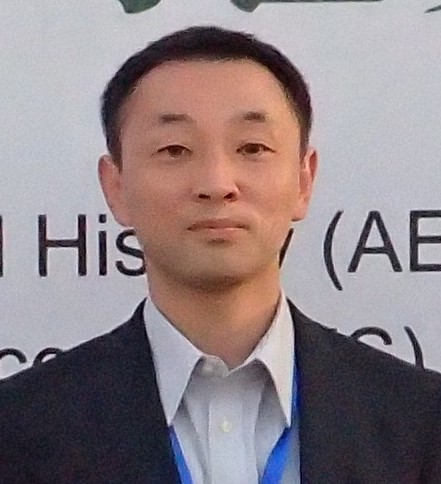 |
TAKEHARA Kazuo Assistant Professor Japanese history, Public Health History, Focusing on Regional History |
Achievements
How did people overcome infectious diseases in modern and early modern times?
Infectious diseases, transmitted from human to human, have connected people and affected various aspects of society. We aim to understand the historical behavior of social groups or individuals from written records to provide a concrete picture of the history of infectious diseases. Studies to date have demonstrated that modern Japan introduced sanitary administration from the West, significantly altering the measures taken against infectious diseases during the Edo period; these studies also give an overview of the Meiji Government´s policy process and local community trends. In the future, we would like to focus on the social changes inflicted by infectious diseases from the perspective of communities and individuals in modern Japan based on those results. In addition, we aim to conduct a case analysis in Northeast Asia to promote multifaceted research.
 “Soutyou” was erected in 1882 during the cholera epidemic (Aoba Ward, Sendai)
“Soutyou” was erected in 1882 during the cholera epidemic (Aoba Ward, Sendai)
 Logbook at the time of the dysentery epidemic in 1900 (Zao-Narisawa document, Yamagata
City)
Logbook at the time of the dysentery epidemic in 1900 (Zao-Narisawa document, Yamagata
City)
Principal areas of interest
- Japan's Modernization from a Hygiene Perspective
- Local Responses to Infectious Disease Outbreaks and Changes in Infectious
- Disease Control in Modern Northeast Asia